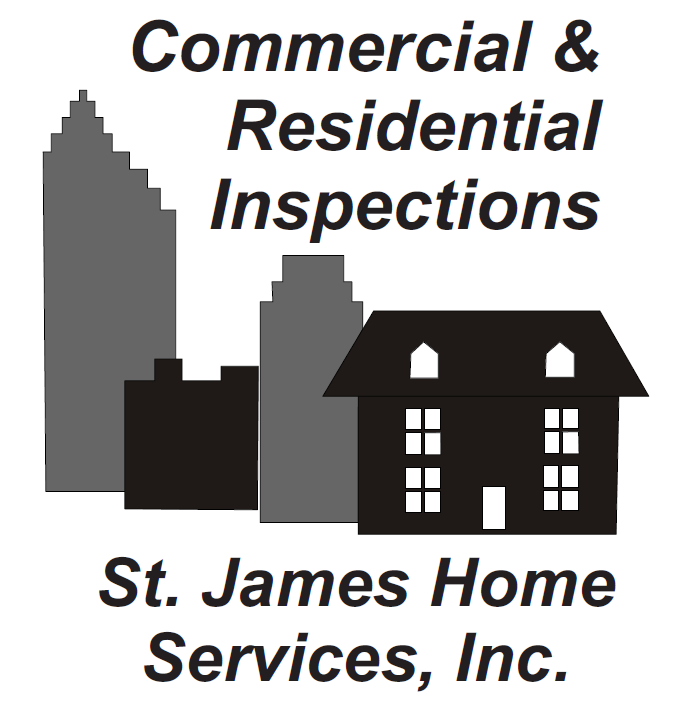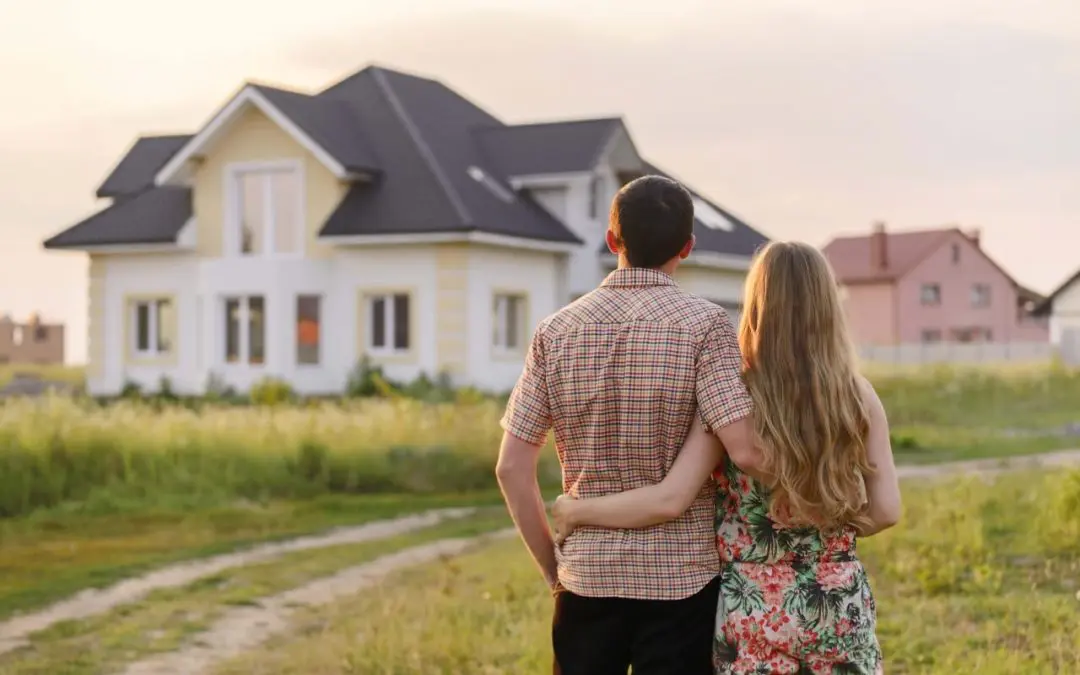Buying an older home can be rewarding. These homes often have unique architectural features, history, and character that newer homes simply can’t match. However, owning an older home also comes with its own set of challenges and potential issues. Here are some common concerns in older homes you should look for before you purchase a home.
1. Common Concerns in Older Homes: Structural Issues
Older homes might have structural problems that can be costly to repair. Over time, foundations can settle, causing cracks in walls and uneven floors. It’s essential to have a thorough inspection to identify any issues with the foundation, support beams, and overall structural integrity of the house. Signs to watch for include:
- Cracks in the foundation or walls
- Doors and windows that don’t close properly
- Uneven or sagging floors
2. Electrical Wiring
The electrical systems in older homes may not meet modern safety standards. Outdated wiring can pose a significant fire risk and may not be able to handle the electrical load of modern appliances and technology. Common electrical issues in older homes include:
- Knob-and-tube wiring
- Aluminum wiring
- Insufficient electrical capacity
Upgrading the electrical system is a significant expense but is crucial for safety and functionality.
3. Common Concerns in Older Homes: Plumbing Problems
Plumbing systems in older homes are often made from materials that can degrade over time. Galvanized pipes, commonly used until the 1960s, can corrode and lead to low water pressure or leaks. Other potential plumbing issues include:
- Lead pipes, which pose a health risk
- Polybutylene pipes, which are prone to breakage
- Clogged or slow drains
Replacing old plumbing can be a significant investment, but it’s necessary to prevent water damage and ensure a clean water supply.
4. Roof and Gutters
The roof is one of the most critical components of a home, and older roofs may be nearing the end of their lifespan. Common concerns with roofs and gutters in older homes include:
- Missing or damaged shingles
- Leaks and water damage
- Poor ventilation and insulation
Regular maintenance and timely repairs are essential to prevent water damage and extend the roof’s life.
5. Windows and Insulation
Older homes often have single-pane windows and inadequate insulation, leading to high energy bills and uncomfortable indoor temperatures. Drafty windows and poor insulation can also cause issues with moisture and mold. Upgrading to double-pane windows and adding insulation can improve energy efficiency and comfort.
6. Hazardous Materials
Many older homes were built with materials now known to be hazardous. Asbestos, lead paint, and radon are common concerns. Exposure to these materials can pose serious health risks. It’s important to have a professional inspection to identify and mitigate any hazardous materials:
- Asbestos in insulation, flooring, and other materials
- Lead paint on walls, trim, and windows
- Radon gas, which can enter through the foundation
Mitigating these hazards can be costly but is essential for the health and safety of the home’s occupants.
7. Pest Infestations Can be Common Concerns in Older Homes
Older homes are more susceptible to pest infestations due to gaps, cracks, and aging materials. Common pests in older homes include termites, rodents, and insects. Regular inspections and preventive measures can help keep pests at bay:
- Sealing gaps and cracks
- Regular pest control treatments
- Maintaining a clean and clutter-free environment
8. Historical Preservation Restrictions
If the older home is considered historically significant, there may be restrictions on renovations and repairs. While preserving the home’s historical integrity can be rewarding, it can also limit the changes you can make. Check with local historical societies or preservation boards for any restrictions and requirements.
Owning an older home has perks, but be aware of the potential concerns and challenges. Regular maintenance, thorough inspections, and upgrades can help preserve the home’s charm and character while ensuring it remains safe and functional. If you’re considering buying an older home, work with professionals who have experience with historic properties to help navigate the unique aspects of maintaining and restoring these beautiful homes.
FAQs About Owning an Older Home
What are the benefits of owning an older home despite the potential issues?
Benefits include unique architectural features, historical significance, established neighborhoods, and the charm and character that newer homes may lack.
What are some signs that an older home might have plumbing issues?
Signs of plumbing issues include low water pressure, discolored water, frequent clogs, and visible leaks or water damage.
How can I improve the energy efficiency of an older home?
Upgrade to double-pane windows, add insulation, seal drafts, and possibly update the HVAC system to improve energy efficiency.
Is it possible to update the electrical system in an older home without a complete overhaul?
In some cases, updating certain parts of the electrical system, such as replacing the fuse box with a modern circuit breaker, can improve safety without a complete overhaul. However, a thorough inspection is necessary to determine the extent of needed updates.
St. James Home Services provides inspection services in Durham and the surrounding areas of North Carolina. Contact us to request an appointment.

